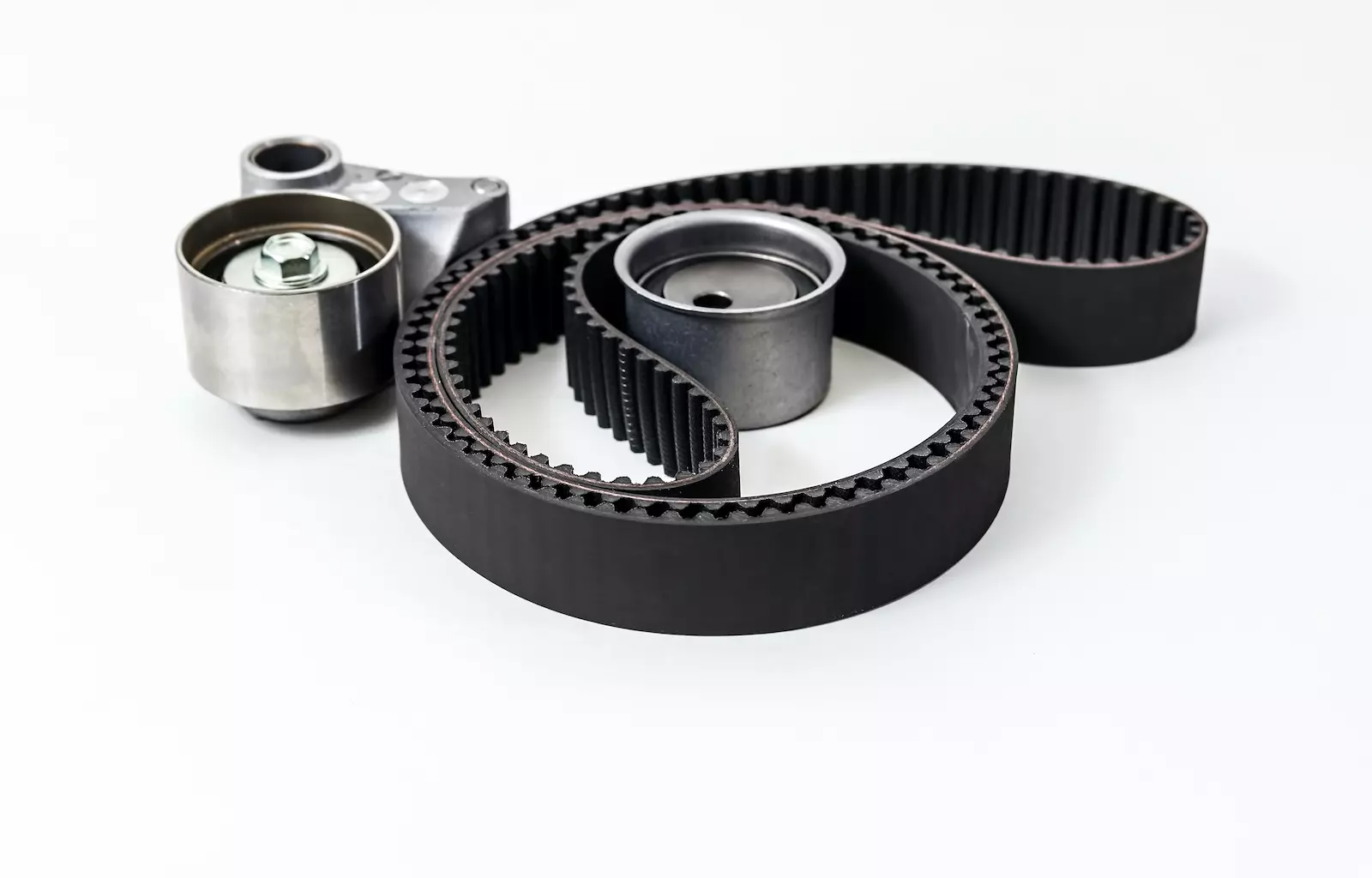
How does a water pump work?
A water pump is vital to a car engine’s operation because it ensures the coolant keeps moving through the engine block, cylinder head, hoses and radiator, and maintains an optimum operating temperature. It is usually driven by a belt from the crankshaft pulley or sprocket.
A car’s water pump uses impeller blades and centrifugal force to move the coolant through the various passages and hoses that make up the cooling system.
Once the coolant has flowed around the engine it is taken by hoses to the radiator, usually at the front of the car, where the hot coolant is cooled by the movement of air over the radiator's fins. It then exits the radiator and flows back into the water pump, where the process starts over.

How can a car water pump break?
A grinding or rumbling noise indicates worn water pump bearings. Although it may be possible to renew the bearings, the chances are that the seals will be worn as well. For peace of mind, the complete pump is normally replaced - they’re not that expensive.
A coolant leak from the water pump could be a sign that the shaft seal or the gasket that sits between the pump and the engine has failed. If it’s the shaft seal the entire pump will need to be replaced, but if it’s the gasket the pump can be removed, a new gasket fitted and the original pump replaced.
Some modern water pumps have plastic impellers (fan blades) and these sometimes break. This leads to vibrations which in turn cause the pump to fail. It’s also possible for the impeller to become loose on the shaft, so although the impeller looks OK, it doesn’t pump anything!

How can I make my car water pump last longer?
Bear in mind that the pump is often driven by the timing belt. In which case the belt must be renewed at the same time as the pump. In fact, some manufacturers recommend the pump is renewed whenever the belt is replaced.
Maintaining a healthy water pump is easy: you need to make sure the engine coolant is in good condition and has the correct specification and amount of antifreeze. The latter stops the water freezing in cold temperatures and acts as a rust inhibitor, preventing small particles from breaking off inside the engine and wearing the pump’s parts.